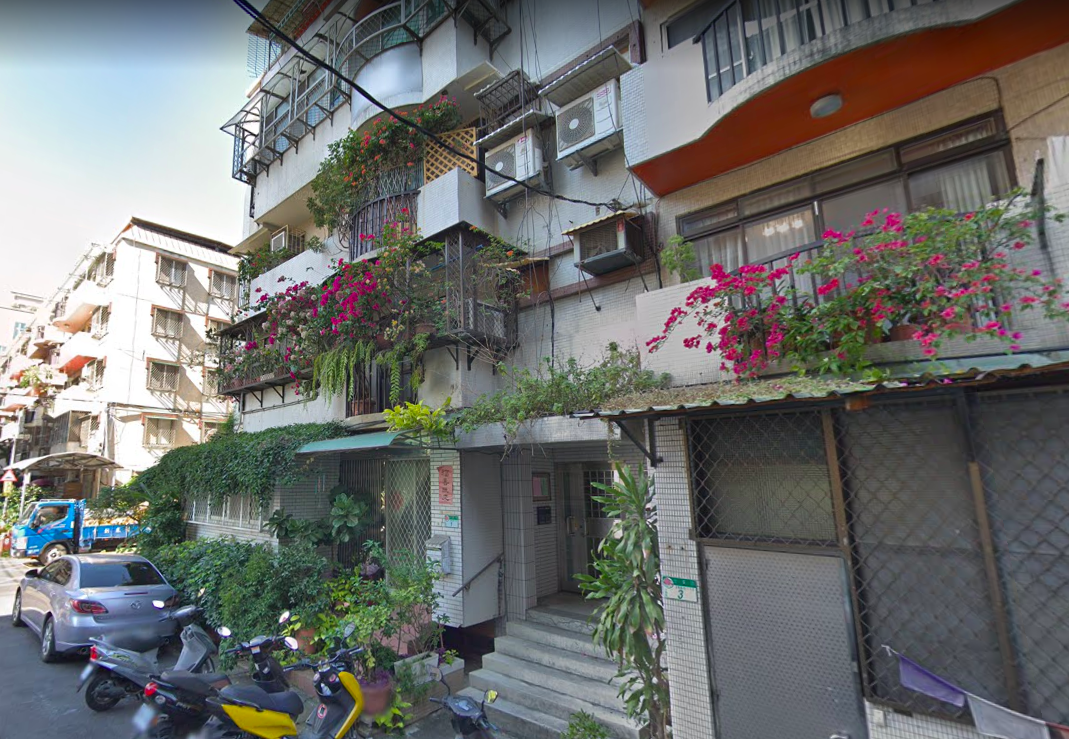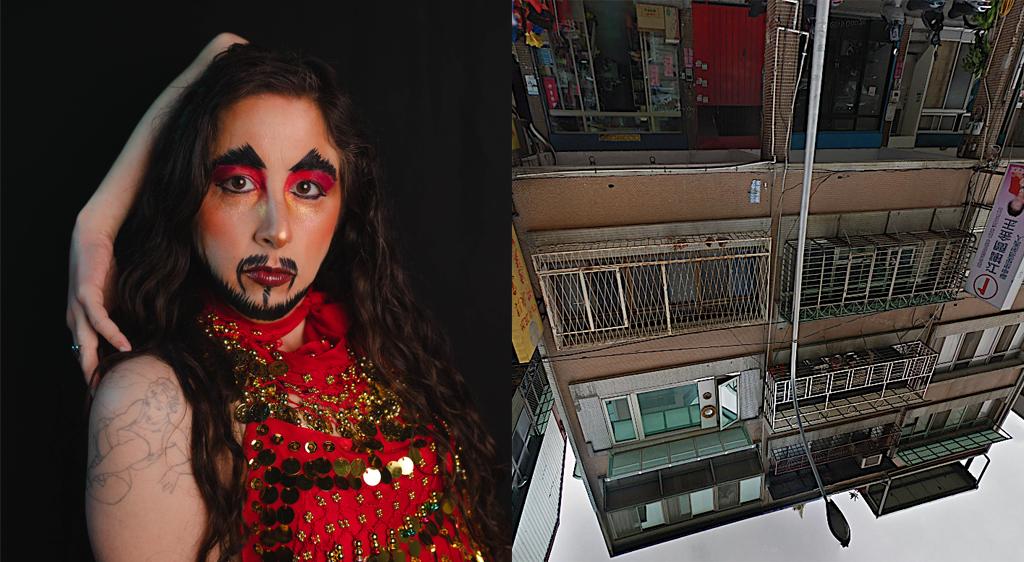On October 15, 2009 a group of Bay Area artists, arts administrators and audience members met at CounterPULSE for the Dance Discourse Project 7: Dancing Diaspora. Co-presented by World Arts West/ San Francisco Ethnic Dance Festival and Dancers’ Group the event was a part of the Fall 2009 season of Performing Diaspora . Learn more about Performing Diaspora at www.counterpulse.org/performing-diaspora/
At the exciting event participants were broken up into small groups where they discussed a variety of pertinent issues concerning traditional arts, innovation and identity. Below is Jeanne Pfeffer’s account of the discussions led by José Navarrete surrounding the questions: How does an audience recognize innovation if they don’t know the tradition? And does this really matter? What is the expectation of the artist as an ambassador of the culture form?
It became clear upon entering this dialogue that definitions were in order. What is a tradition? What is innovation? The questions were stacking up against the answers and we’d barely begun.
I liked this delightful metaphor: Tradition is something static, habitual, repetitive, like a Christmas tree. For those who celebrate Christmas, the act of getting and decorating a tree is an act that occurs year after year, at roughly the same time and in roughly the same way. And yet the practice of this tradition has gone through periods of innovation. At one point people wet out into the woods and cut their trees down, while now people visit tree farms or lots. When once Christmas trees were decorated with wax candles, now boughs are heavy with strings of colorful electric lights. But the tree is still a tree, the tradition is still intact.
And we can agree as a collective (Christmas practitioners or non) that a coniferous tree lit up in living room windows is a phenomena that occurs every December and is representative of that time of year. This collective consensus is necessary in keeping the tradition alive.
But traditional dance is not a Christmas tree. It is not something that we see whether we want to or not every holiday season. It is part of an identity of a people and a culture. Very often it takes being a part of that people or culture to be exposed to their traditional dance. And so how does an ‘outsider’ recognize innovation if they don’t know the tradition?
Before we could get much further into this time was up for the first group. See, this event was World Café style. Every group would discuss for about 30 minutes or so and then we would play musical tables and move to a new discussion group. Well, everyone except the facilitator and the note-taker (me). It was kind of like speed-dating…only with amazing conversation.
So new group and a fresh discussion. It was impossible to pick up the thread of where we had been at with the last group. José gave a summary of what we had been discussing, but the new group came with their own agendas from their last tables to make for a rich interweaving of ideas. Where the first group focused on discussing and defining traditions this group focused more on innovation.
Innovation is a fine line. It has more validity when you are imbedded in the culture. When you fully understand something you can more thoroughly and thoughtfully investigate it and move it in a different way. But how long does this take? When does a cultural experience become a tradition? When does a tradition become authentic? When does a tradition become eligible for innovation?
One theory was that we innovate when a tradition becomes stale. Traditions loose relevancy in a rapidly changing world and so innovation becomes necessary in order to keep the tradition vital. Cultural investigations show that people change their traditions all the time. That innovation occurs without us putting that label on it. Traditions shift with time in order to maintain the integrity of the form. For a people to keep a tradition alive innovation must occur.
And then the whistle blew (so to speak) and everyone changed tables for the third and final time. The last group wanted to discuss the role of the critic. How important are they in the future of dance and the furthering or hindering of traditional dance?
It became abundantly clear that, outside of needing critical review for funding purposes, the artists at this table cared very little about critical opinion. What they are most concerned with is the opinion of their community, and so their community becomes the critic. But how does one build a community? Right now it’s all about grassroots initiatives. Grassroots outreach is a tradition with a long history that is going through a bit of innovation itself. Now we can not only hit the streets, talk to people and write letters but we have the most powerful tool of information diffusion at our finger tips…the internet. Through email, social media and YouTube people from all over the world are being exposed to disparate traditions one click at a time. People are able to be their own critics or find unique critical voices through blogs and walls. We are innovating on the critical tradition and we didn’t even know it…well maybe you did…I hadn’t thought about it much.
Just as we were getting into it we were asked to bring our discussions to a close again, of course. The evening ended by going around to each table and giving a brief synopsis of the evenings’ discussions. But this was ahrdly satisfactory to many (myself included) and so we hung out awhile to continue to chat, eat candy and wind ourselves down a little. I left with an intellectual high to be sure and my head is still buzzing with these topics and ideas. I can’t wait for the Performing Diaspora Symposium!
Share This!
More Good Stuff
‘Border / Line خط التماس’ by Jess Semaan and Halim Madi & ‘Sa Ating Ninuno (To Our Ancestors)’ by Kim Requesto December 5-6 & 12-13,
Unsettled/Soiled Group is a group of East, Southeast, and South Asian diasporic movers, makers, and settlers on Ramaytush and Chochenyo Ohlone land. Unsettled/Soiled Group is led by June Yuen Ting, one of CounterPulse's 2022 ARC Performing Diaspora artists and will debut Dwelling for Unsettling alongside VERA!'s Try, Hye!, Thursday through Saturday, December 8-10 & 15-17, 2022
Try, Hye! by Vera Hannush/VERA! & Dwelling for Unsettling by Unsettled/Soiled Group December 8-10 & 15-17, 2022 // 8PM PT // 80 Turk St, SF



